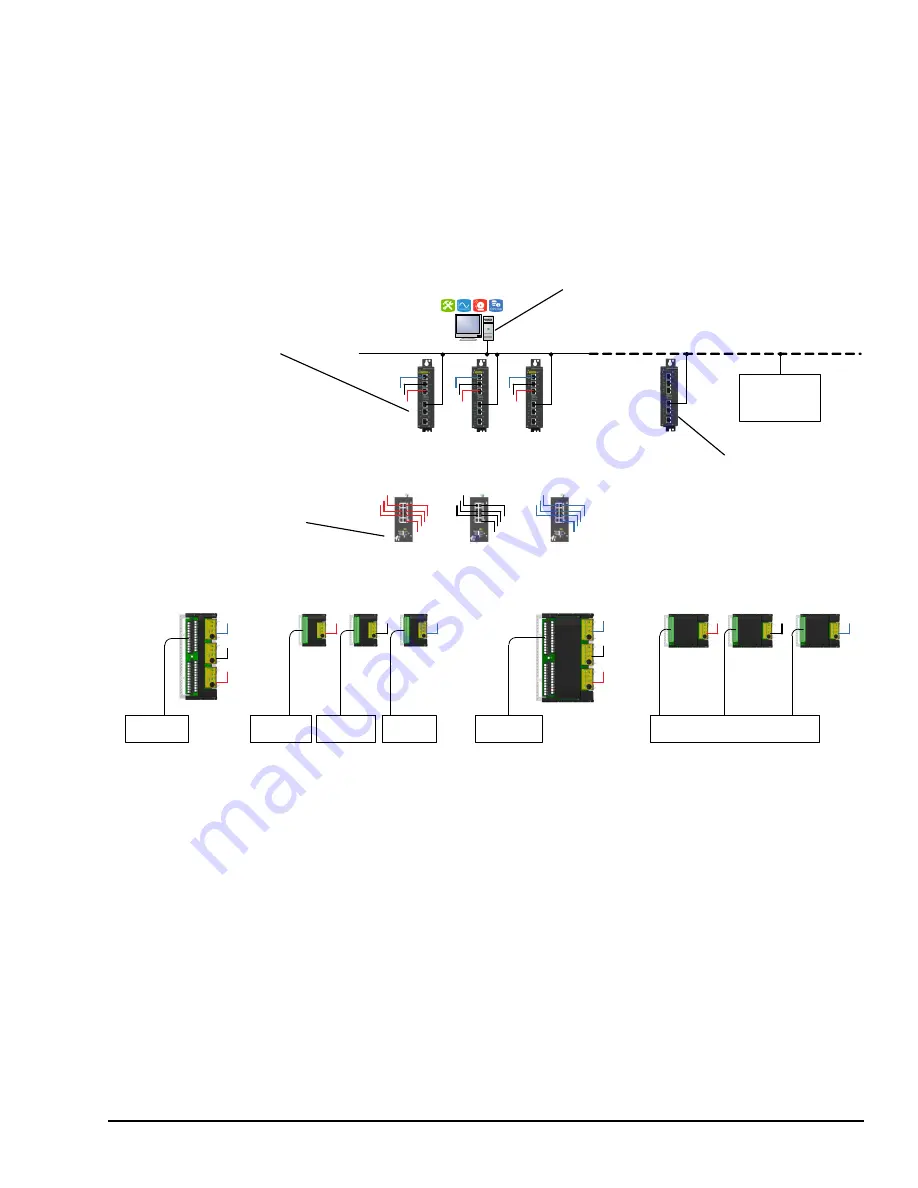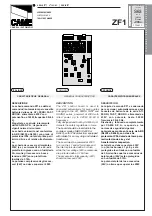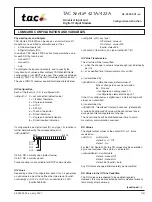
2.3.1
Triple Modular Redundant (TMR)
The Mark VIeS Triple Modular Redundant (TMR) Control Modes can provide:
•
Two out of three (2oo3) voting
−
SIL 3 high/low demand for de-energize-to-trip
or
−
SIL 2 low demand for energize-to-trip
•
Hardware fault tolerance (HFT): 1
•
Degradation sequence: [2oo3] > [1oo2] > [Fail Safe]
TMR Fanned Input
Single discrete/
analog sensor is
fanned through a
common terminal
board to three
independent input
packs, 2oo 3 voting
is done in the
controller set.
TMR Dedicated
Input
Three redundant
discrete/analog
sensors are wired to
three independent
input modules, 2oo3
voting is done in the
controller set.
Sensor
A
Sensor
A1
Sensor
A2
Sensor
A3
Actuator
TMR Outputs Voted
on Terminal Board
The three packs
receive output
commands from their
associated controller,
the common terminal
board then performs
2oo3 voting on the
outputs and controls
the discrete actuator.
2oo3 Voting in Actuator
TMR Outputs Voted in
Actuator
Three independent output
modules receive the output
command from their
associated controller, then
command the actuator, 2 oo3
voting performed in the
actuator.
TMR Controllers
Three Mark VIeS controllers work as a
set synchronizing data every frame
(sweep). Each controller receives inputs
on all 3 I/O networks, and sends output
commands on designated I/O network.
TMR I/O Network
Ethernet based TMR I/O network
supports both centralized and
distributed I/O modules.
R
S
T
Embedded Controller Gateway
Embedded controller for
communication interface,
options:
- OPC-UA server
- Modbus slave
Third Party
Control
System
PC Based Gateway
PC based communication interface, options :
- OPC-DA server
- OPC-UA server
- Modbus master
Functional Safety
GEH-6721_Vol_I_BP System Guide 71
Public Information
















































